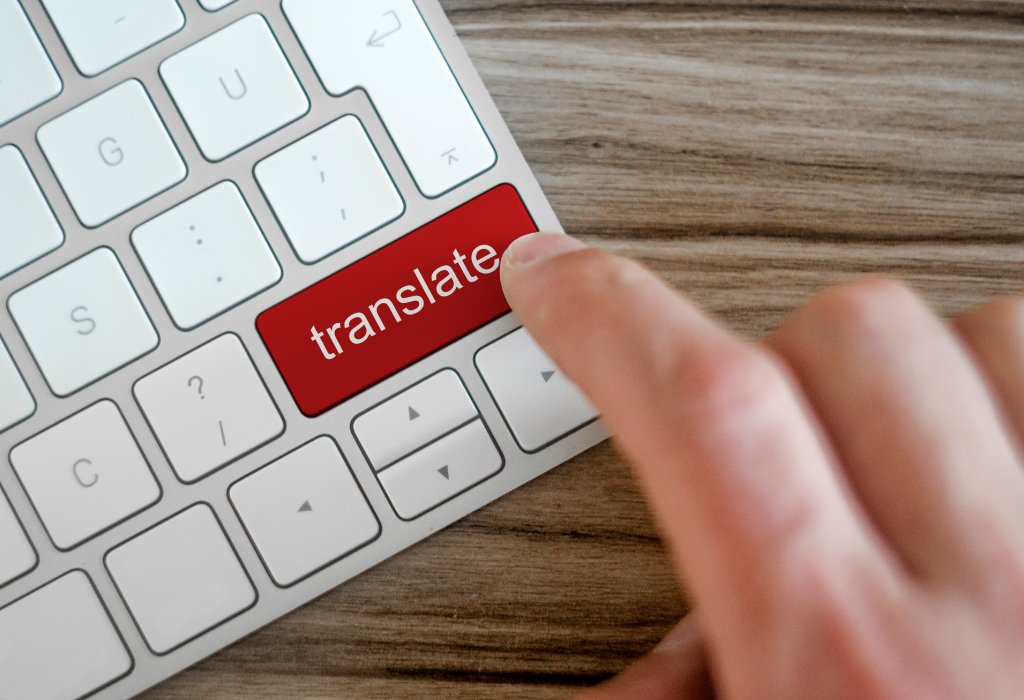How to Avoid Literal Translations in Spanish?
Have you ever found yourself stuck in a conversation because, even though you had translated a sentence perfectly, something just didn’t sound right? Sometimes what works in English doesn’t work the same way in Spanish, and the difference lies in how we structure our ideas. If you want to speak Spanish like a native and avoid those little stumbles that feel like pebbles in your shoe, this article is for you.
Let’s explore how to avoid literal translations and build natural Spanish sentences that flow with ease.
Literal translations: a dead-end maze
Imagine you’re sitting on a terrace in Madrid, sipping coffee, and you confidently say, “Yo soy caliente.” Oops! Your Spanish friends glance at each other, trying not to laugh. You meant to say you were hot, but what you actually said is that you’re a passionate person (or worse, something with a risqué connotation).
The trick is to understand that languages don’t always follow the same logic. In Spanish, you say “Tengo calor” (I have heat), not “Soy caliente.” Small changes make a big difference. Before translating word for word, ask yourself: “How would a native Spanish speaker say this?”

-
Avoid “translator mode”: think in meaning blocks
One of the most common mistakes when learning Spanish is trying to translate phrases from English literally. But that’s like putting together a puzzle with mismatched pieces. Here are some examples to shift your perspective:
- English: “I am feeling blue.”
Literal Spanish: Estoy sintiendo azul.
Natural Spanish: Estoy triste. (I’m sad) - English: “I have 25 years old.”
Literal Spanish: Tengo 25 años viejo.
Natural Spanish: Tengo 25 años.
Avoiding literal translations isn’t just about grammar—it’s about immersing yourself in the language and adopting its natural rhythm so you can create natural sentences in Spanish.
-
Speak like a native: use authentic expressions
This is where Spanish truly shines. One of the great treasures of the language is its idiomatic expressions. These phrases, if translated literally, make no sense—but when used correctly, they flow with native-like ease.
Examples of idiomatic expressions:
- “Estar en las nubes” → Literally “to be in the clouds,” but it means daydreaming.
Example: No me hables ahora, que estoy en las nubes.
(Don’t talk to me right now, I’m daydreaming.) - “No tener pelos en la lengua” → Literally “to have no hairs on your tongue,” but it means someone speaks their mind.
Example: Mi amigo es muy sincero, no tiene pelos en la lengua.
(My friend is very honest, he speaks without a filter.)
Use these correctly, and you’ll start creating natural Spanish sentences that truly impress.

-
Think in Spanish: the trick to fluency
For native speakers, there’s no need to mentally translate every word—they just flow naturally because the language is internalized. But when learning a new language, we tend to build sentences word by word. That makes our speech sound stiff or unnatural.
If you want to avoid literal translations, you need to change the way you think. Imagine you’re in a café in Buenos Aires. The waiter asks if you’d like milk in your coffee. In English, you might think, “I want milk in my coffee.” But in Spanish, you’d simply say: “Sí, quiero, gracias.”
The more you practice, the easier it gets. Gradually, your brain will process Spanish effortlessly. Sentences will flow without needing translation. And once that happens, you’ll realize you’re not just speaking Spanish—you’re thinking in it. That’s the key to sounding natural!
-
The subjunctive: a key to mastering the language
The subjunctive in Spanish is the mood we use to express wishes, doubts, emotions, or hypothetical situations. It’s a crucial element for building natural Spanish sentences and avoiding awkward literal translations.
Example:
- English: “I don’t think they understand the problem.”
Literal Spanish: No pienso que ellos entiendan el problema.
Natural Spanish: No creo que entiendan el problema. - English: “She suggests that we arrive early.”
Literal Spanish: Ella sugiere que nosotros lleguemos temprano.
Natural Spanish: Nos recomienda que lleguemos temprano.
Mastering the subjunctive will make you sound more like a native speaker and help you steer clear of literal translations that can trip you up.
Speaking Spanish fluently isn’t just about knowing grammar or memorizing vocabulary. It’s about adapting to the rhythm of the language, understanding how native speakers build their sentences, and learning how to avoid literal translations. Incorporating idiomatic expressions, thinking like a native, and mastering the subjunctive are essential for creating natural Spanish sentences.
Learning a language is a journey that takes patience, but it’s a journey worth taking. If you ever doubt your progress, remember that every attempt brings you closer to fluency. At WorldsAcross, we know what it takes to speak Spanish the way you want—and we’ll be with you every step of the way.


